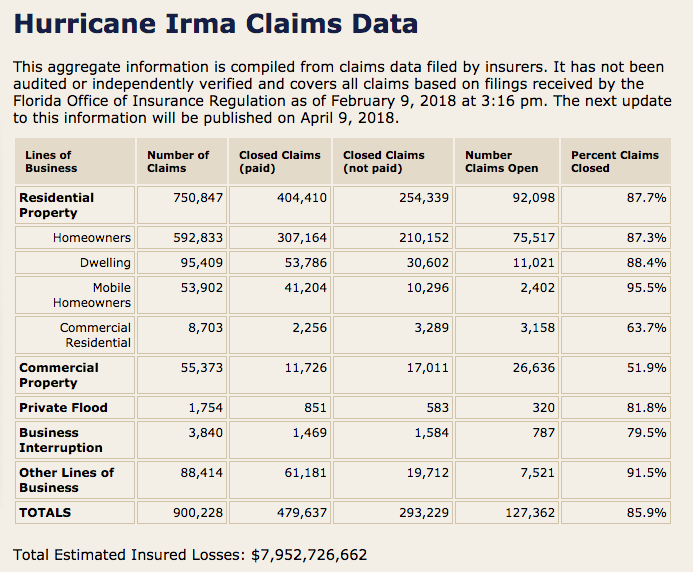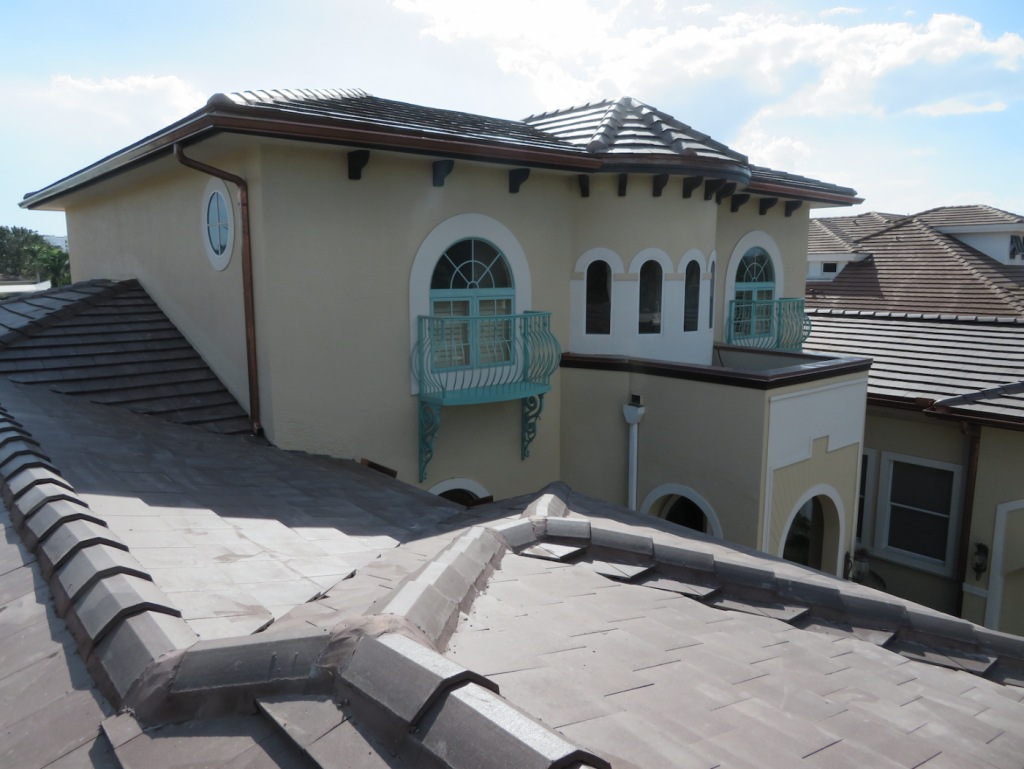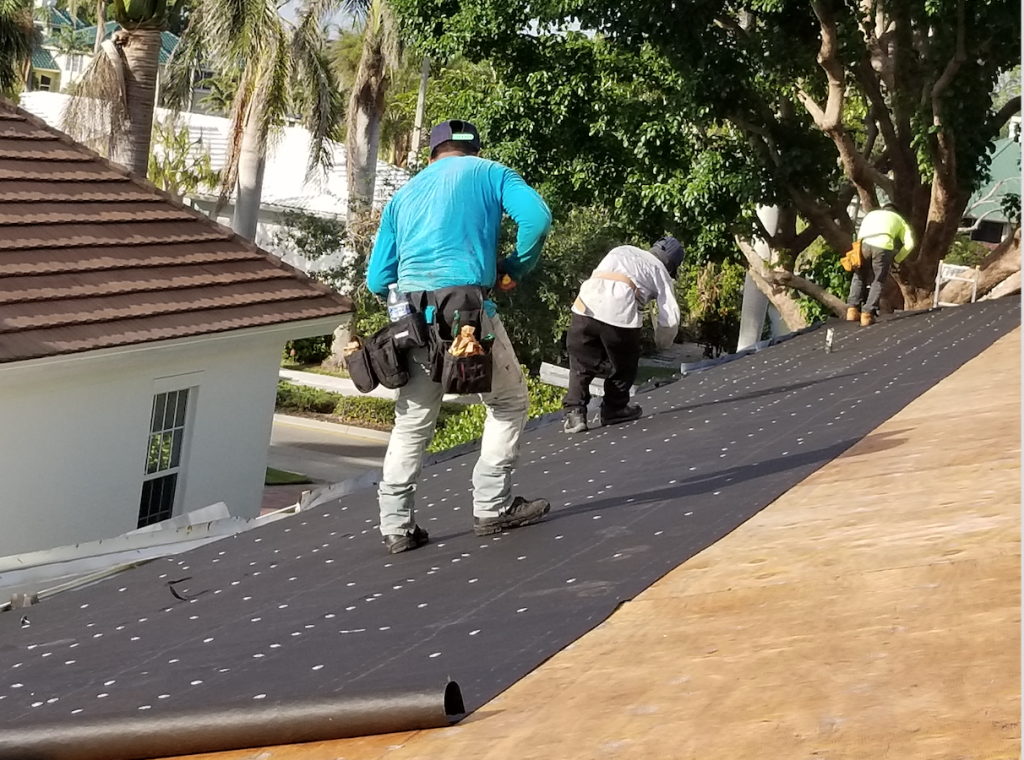
Hurricane Irma
Hurricane Irma had many devastating effects. One of them was the damaged roofs of thousands of homes. This similar to storms Gene and Francis that hit in 2004, Wilma in 2005 and Andrew that wreaked havoc across South Florida in 1993.
Several months later, and more than 25,000 calls for service, roofing contractors estimate that it will take more than two years for all the roof damage to be rectified and for the roofs as a cause of Irma to return to their pre-hurricane condition.
This can get way more complex between the shortage of labor and issues with mortgage companies, inspection offices and insurance companies. Currently, the supply doesn’t even come close to meet the demand when it comes to roofing contractors – with even local companies taking up to six weeks just to be able to schedule an estimate with a client. The amount of work to be done is immense – and it can take several months to complete the roofing process for each client.
There’s a 1000% increase in the number of roofing permits being issued. In January 2018 alone, more than 1500 permits were issued by roofing contractors in Southwest Florida. This is also an indicator of the efficiency with which the local roofing contractors are working to meet the demand. They’re moving fast, but with the sheer amount of work involved, shortage of manpower is unavoidable. And this doesn’t just lead to longer wait times. It also leads to increased prices. We saw prices from as low as $800 a square for Concrete to $2,200 for Clay tile roof over mop down and copper flashing in the Naples market.

With a large chunk of Irma claims dealing with the damage to roofs caused by the storm we are constantly learning what works and unfortunately what doesn’t in roofing. Our experience following hurricane Irma has been that we learned clay was more brittle and susceptible to damage even if it was installed to code. Typically code required 1 or 2 screws or nails at the head of the tile and maybe mortar which was a fine installation at the time. Unfortunately, post hurricanes is when building codes are truly field tested, post Irma was no exception.
We now know that when adhesive or spray foam is added in addition to mechanical fasteners these roofs survived pretty well. Additionally, based on our experience we’ve come to know that if you have tile at a high elevation on a condo building for instance that the wind speed much higher so the roofing has to be much stronger. Concrete flat tiles work great for these applications because of increased weight and a flat surface so there’s less exposure to lift.

We’ve also seen very careful interest by local building code officials in the repair of tile products. On Marco Island they got pretty far out there in their interpretation of the building code. In short, anything over $1000 in repairs now requires a permit on the island and the need for an engineer to establish suitability in repair.
Lastly when determining roofing requirements, it’s important to understand that tile is not a waterproofing membrane. There are many flashing and roofing underlayments from 30 # felt to peel-and-seal tile products to modified bitumen hot applied to the sheathing. This is the layer you must look to ensure weatherproofing.
